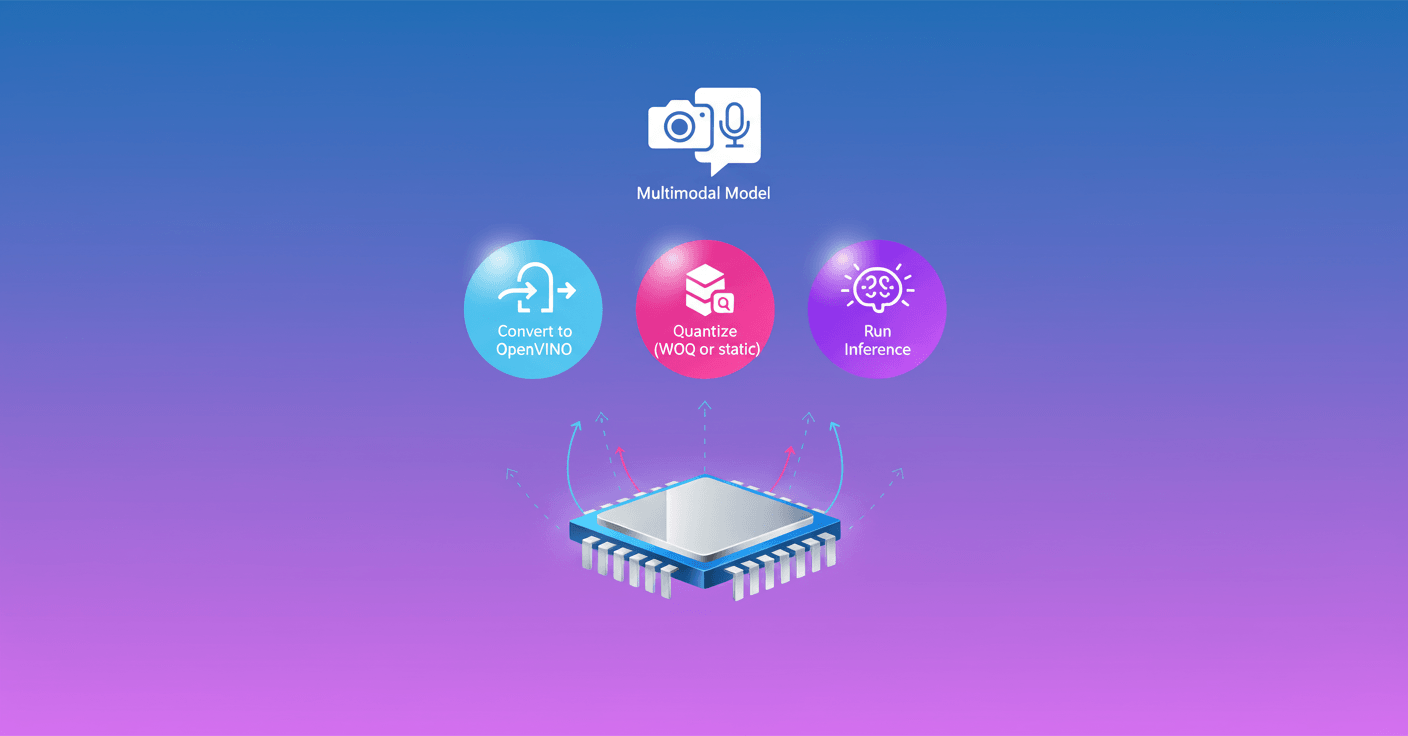The good news: you can now run a lightweight Vision Language Model (VLM) on a laptop or PC with an Intel CPU without needing a huge GPU farm. Sounds good, right? In this guide I walk you, step by step and without inaccessible jargon, through converting, quantizing, and running a VLM using Optimum Intel and OpenVINO. (huggingface.co)
Qué es esto y por qué debería importarte
VLMs are models that combine vision and language to describe images, generate captions, or answer questions about visual content. Running them locally gives you two clear advantages: your data stays on your machine and latency is usually much lower than relying on a remote server. In this case the recipe uses SmolVLM, a small model made for limited resources, together with Optimum Intel and OpenVINO to optimize deployment. (huggingface.co)
